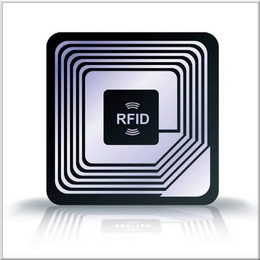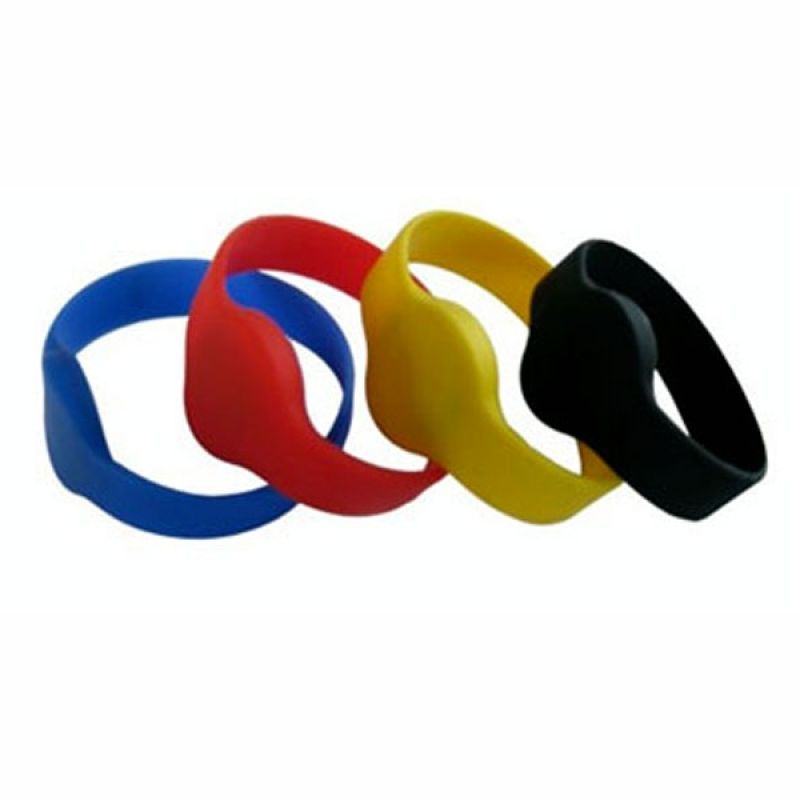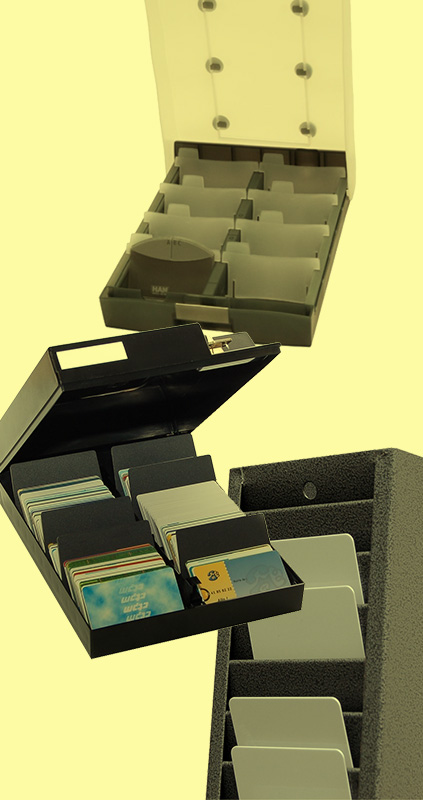RFID (Radio Frequency Identification) is a technology that allows data to be stored and retrieved remotely on a medium equipped with an electronic chip and an RFID antenna. These markers are called radio tags (rfid tags, rfid chips).
How does it work?
RFID technology is based on the transfer of electromagnetic energy between the transmitter and the receiver.
So there is a RFID reader reader and a radio tag (receiver) called passive. The reading of an RFID tag follows 3 steps:
- an RFID transmitter (badge reader, supermarket security gate) transmits magnetic waves,
- The antenna of the radio tag picks up these waves providing energy to the electronic chip,
- The energy supply activates the chip and allows the data stored on it to flow.
The different applications of RFID.
The RFID chip has spread rapidly in many fields thanks to its advantageous properties for industry. Indeed, RFID tags have a very low weight, thickness and production cost. RFID is a technology used worldwide for a variety of purposes, including
- access control (companies and administration, events and trade fairs, public transport, etc.)
- contactless payment is becoming increasingly common,
- the medical field (subcutaneous chips), which is largely controversial for ethical reasons.
- Electronic passports
- Access badges for car parks....
The different RFID media
RFID cards
RFID cards are plastic cards that contain an RFID chip. They come in different formats and are used for applications such as individual identification, access control (in companies or on public transport, for example, your Imagin'R card contains an NFC chip, which is something else again), contactless payment (credit card), but also loyalty cards (membership cards, gift cards, etc.).

RFID badges in companies are also known as access badges and allow individuals to be identified and granted or denied access to certain areas.
RFID key rings
RFID key fobs can also act as access badges in companies. However, they are less convenient than RFID cards which can display visual information such as the name, photo of the employee or visitor and can be attached to clothing with a badge holder.

This is why the RFID key fob is usually used to manage access to car parks or certain premises.Another important advantage of the RFID key fob is that it is less likely to be lost than an RFID badge because it can be attached to keys. It is also more practical than a plastic card for everyday use.
RFID tags and labels
RFID tags are used in applications such as asset identification, storage and inventory, product traceability, anti-theft and anti-counterfeiting.

Discreet and practical, they can be stuck on a package or inserted directly inside an object.
RFID wristbands
RFID wristbands are mainly used in the context of event organisation. They allow the identification of people, access control, and contactless payment which is increasingly used in the context of events.
 Subcutaneous RFID chips
Subcutaneous RFID chips
Mainly used for animals, subdermal RFID chips are beginning to be used on humans in various identification and access control applications in companies, but also for contactless payment and access to certain areas.
A simple explanation to understand RFID systems.
An RFID system is a means of transmitting data from an RFID chip contained in an object to an RFID reader capable of interpreting the data and performing an action based on the reading.
The chip is equipped with an RFID antenna that allows reading at varying distances depending on the frequency of the RFID chip.
Since the RFID chip can contain a multitude of information, an infinite number of applications become possible. This is how access control using RFID badges became widespread in the 1990s in large companies and public administrations.
Today, access control systems are used in many companies to control the identification of individuals and access to sensitive areas.
It has also become a must in the events sector. This is known as a visitor's badge.
NFC technology
What is NFC
the acronym NFC stands for Near Field Communication (Near Field Communication). It is a special form of RFID, simpler and faster to use. NFC technology allows two objects to communicate automatically and instantly (less than 1 sec) when they are close enough to each other (4-5 cm).
NFC tagstags, also known as transponders, work on the same basis as RFID tags. They consist of a passive chip (without power) and an antenna. When a transmitter (e.g. a smartphone) passes by, the antenna picks up radio waves which provide energy to the chip. The chip then provides a set of data to the transmitter, which leads to an automatic action (opening a web page, automatically sending a text message or a call, triggering a contactless payment, etc.).
The advantage of this technology is that it is very easy to use. There is no need to install or launch an application or to set up anything (unlike WiFi or Bluetooth). We could summarize this technology in 3 words: Simple, Fast, Automatic.
The application areas of NFC
NFC technology is developing rapidly and so are its fields of use. The most widespread are the following:
- contactless payment using a bank card or a smartphone.
- Using your smartphone as a membership card or discount card.
- Validation of your ticket ticket using your smartphone (London Underground).
- Using your phone as a key to your car key for his car.
- Reading all the information information about a product (composition, price, place of manufacture, etc.).
- Automatic retrieval of a wifi key by approaching the phone to an access point.
- Management with your phone or an NFC card from access control in the company.
As you can see from these examples, the smartphone is the device that benefits most from NFC technology. With smartphones, our phone has also become our computer. Soon it will also be our credit card, our transport pass, our car and house keys and much more.
For more information on RFID technology, the RFID badges badges, RFID readers / encoders or even NFC technologyFor more information on the different types of badges, contact our consultants at ELLIADEN, the specialist in the world of badges and access control for over 12 years.









